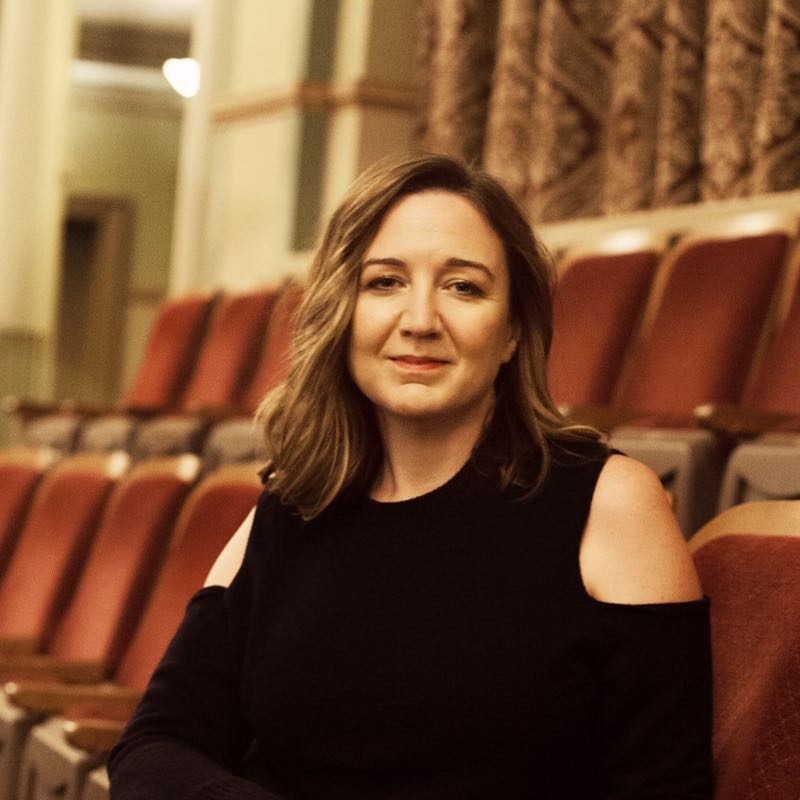An Interview with Josie Rourke
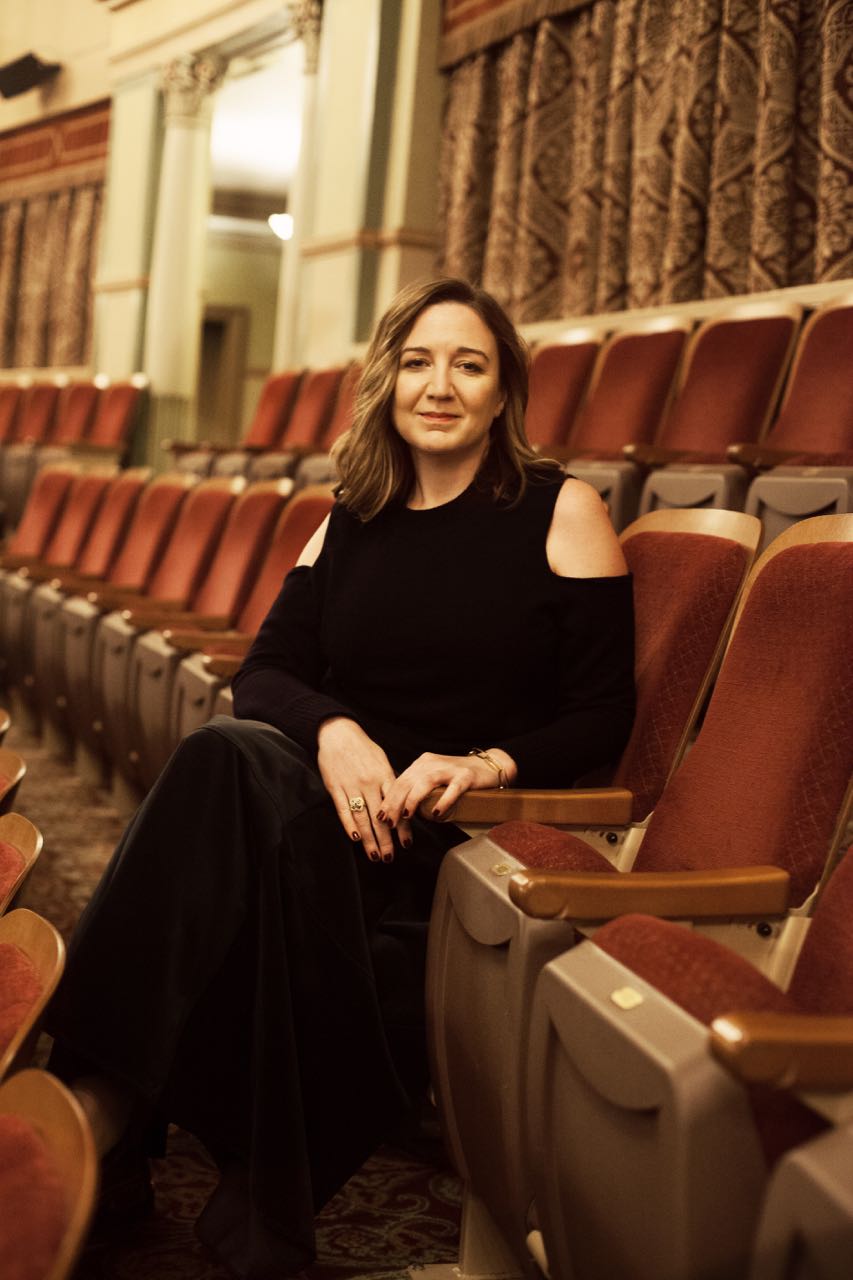
Written by Victoria Myers
Photography by Sofia Colvin
November 1st, 2016
Les Liaisons Dangereuses by Christopher Hampton, based on the 18th century novel by Pierre Choderlos de Laclos, premiered in the UK in 1985, and since then has had two Broadway productions and a major production at the Sydney Theatre Company, was made into a film with the same title, and adapted into another film called Cruel Intentions. All of those productions were directed by men. The new Broadway production, which comes by way of the Donmar Warehouse in London, is the first major production of Les Liaisons Dangereuses to be helmed by a woman: Josie Rourke. Josie, in addition to being a director, is also the Artistic Director of the Donmar Warehouse—their first female artistic director. Prior to that, she was Artistic Director of The Bush Theatre. Her work as a director includes The Vote, Privacy, and If There Is I Haven’t Found it Yet, among others. During previews, we spoke to her about bringing Les Liaisons Dangereuses to Broadway at this particular moment in history, the sexual politics of the play, her work as Artistic Director, and more.
This production is a transfer from The Donmar Warehouse, but also has many new cast members. Have you found your process has changed for remounting the production?
I think that aesthetically it’s been something of a remount, but actually because the Donmar is 250 seats and on three sides, to reconceive it for an 800-seat proscenium has meant that a lot of the materials and the look has remained the same, but we’ve added some elements. Actually, it’s been quite nice in a way, because I’ve been able to just go a little more in depth into what the show did with pictures and picture frames, which is more naturally a proscenium thing than it is a three-sided space, so it’s been really helpful. In terms of the company, both Janet McTeer and I have thought about it completely afresh. It’s been like doing the play again. I’m very lucky to have a deep knowledge of the play from having directed it in London before, but I think I’m very much a director who is most interested in what the individual actor is giving and how I can understand them and work with that in order to create both the character and the sense of the ensemble. So it would be impossible, really, for me, in my process, to be able to remount something with a different company.
What is your process for working with actors, especially in this case where you have one actress who you know very well, and a new actor? I imagine you have to work with them slightly differently.
Yeah, I think so. Janet has both enormous kindness and dignity toward other actors, and a great sense of playfulness. She’s someone who will take a note to try and change a scene, even in London when we were doing the show, and absolutely run with it. So, she’s not really the sort, except maybe in a couple of key moments that are very particular to her and to the character, to repeat what she did. I think she understands this woman very deeply, and has spent a lot of time reflecting on who the Marquise de Merteuil is and what that means to her, and actually, it’s been about the encounter with a different actor and how his energy changes, naturally, what she’s doing. I’m very interested in really finding out both what the skills and the essence of an actor are, what their energy is like, how that works with another performer, how that might inform or re-inform the scene. I’m always looking at my work as a director to try as much as possible to unlock things that are in actors’ ways, whether that’s a moment of text that we might not have a collective understanding of, or whether that’s a way in which they might block themselves, and I feel like a lot of my responsibility as a director is to try and remove things from the path of actors so they can connect very purely with the audience and with the play.
What was your process like for working on the tone of the show? It’s one of those plays that can go in a couple different directions.
Definitely. I think trying to exercise restraint with the comic stuff. In the shape of the play, it’s very, very amusing for the first handful of scenes, and then something quite shocking happens in the first act that is almost about an act of complicity with the audience. So, you are seduced by these two characters who obviously are saying that they’re going to do terrible things to people, but you’re sort of drawn in, the way Tourvel or Cécile or Volanges or Danceny might be drawn in as well. So you’re one of their marks at the start of the play, as an audience, and you’re very drawn in by them, you’re very seduced by them. Then, this rather shocking scene occurs, and it’s almost the role of the actor playing Valmont and Merteuil to see if they can win you back after that moment. If they succeed in doing it, then you are completely complicit with them by the end of the act. I’m not necessarily saying that one has endorsed their actions, but the shape of the act necessarily brings you onto their side. I think the reason that it does that is in order that in the second act of the play, you can experience this unbelievably pure tragedy. I have a sense of both in the production. The furniture’s gradually stripped away through the second act, so the space becomes even more brutal and bare, and in a way, the play is stripped away. So, one starts thinking of it less as an 18th century play and starts to think of it more as a 1980s play, which is when it was written. It’s not exactly modern, but there’s great simplicity to it. These incredibly complex people become incredibly raw, very, very human, and actually are experiencing emotions and things around love, and jealousy, and rage, and misunderstandings that are common to all of us. You don’t have to be a sophisticated 18th century aristocrat in order to do that thing.
Did you have to think a lot about the different gender roles in the play?
Definitely. It’s an amazing play for gender. I think it’s often described as a battle of the sexes play, but there’s other stuff going on which is, for women particularly, about how in the context of the 18th century, you try and generate both safety and power with your sexuality when you’re working within very, very limited structures. So, how do you keep yourself safe because you can very easily be ruined, or victimized, or assassinated by love in a profound way? Also, how do you—and this has been one of Merteuil’s thoughts—how do you release pleasure, and how do you own your own body in a way that allows you to do that? I’m very interested because I was raised Catholic, so in the context of Catholicism and what that has to say about women and pleasure, and their bodies, and the function of women in society.
You mentioned before about getting the audience to be complicit. It’s one of those plays, especially where gender is concerned, where there are certain moments that you laugh at and then feel uncomfortable with having laughed at them. Could you talk a little about how you structured some of those very delicate moments? Especially the scene with Cécile.
The rape scene, yes. It is that thing by 21st century standards, probably even by 18th. Just with enormous sensitivity and a lot of deep thought. I would say the important thing about that scene is it’s one in a run of three scenes. So, it’s not only her deflowering, it’s also Merteuil’s unpacking of that for her, and what Merteuil feels that means as a woman to lose your virginity that way and how you can then possess your sexuality after that. Now, she’s doing that in the context of wanting to manipulate this child for her own revenge on a character who doesn’t appear, called Jacor, but that’s a fascinating scene to me, a scene in which she says to her, “You’ll find the shame is like the pain, you only feel it once.” It tells you as much about the Marquise de Merteuil as it does about Cécile and her relationship to what’s occurred to her. What you see in the third scene in that movement is, in some sense, this kind of liberation, where she takes on wholeheartedly what the Marquise tells her to do, and decides that she’s going to work out how to enjoy sex. It’s incredibly complicated morally, deeply ambiguous, unquestionable. Also, it has a lot of truths in it about the complexities of sex and sexuality, and in no way is that an endorsement of saying this is how girls lose their virginity. There is an argument that within the 18th century, actually, almost all losses of virginity were non-consensual because girls did not decide who they married, which is one of the things within the play. It’s deeply difficult and distressing to be in this country, which is at the moment in a kind of grip of sexual hysteria.
I wanted to ask you about that. Has it affected what you were doing, that we have somebody running for president here who…
Who has said these violently disgusting things about conduct toward women, and also about possession of women. They do feel incredibly possessive, those things that he says. It goes right back to the 18th century where you feel like a woman is a chattel. In that sense, it’s not just about objectification, it’s about ownership, and I think it’s also about power, and I think that’s tremendously important. I also think, honestly, that causes one to reflect on Hillary in this play. When Merteuil talks about the exercise of control and how she taught herself not to show what she felt in order to try to, within the bounds of being a woman, exercise some kind of power over the room she was occupying. I sat and watched Hillary in those debates, and she is controlling her response to the things that Trump is saying in order to achieve an objective, which is a much greater and more important thing than simply throwing him to the mat when he says that stuff. It’s a fascinating time at which to be doing this play.
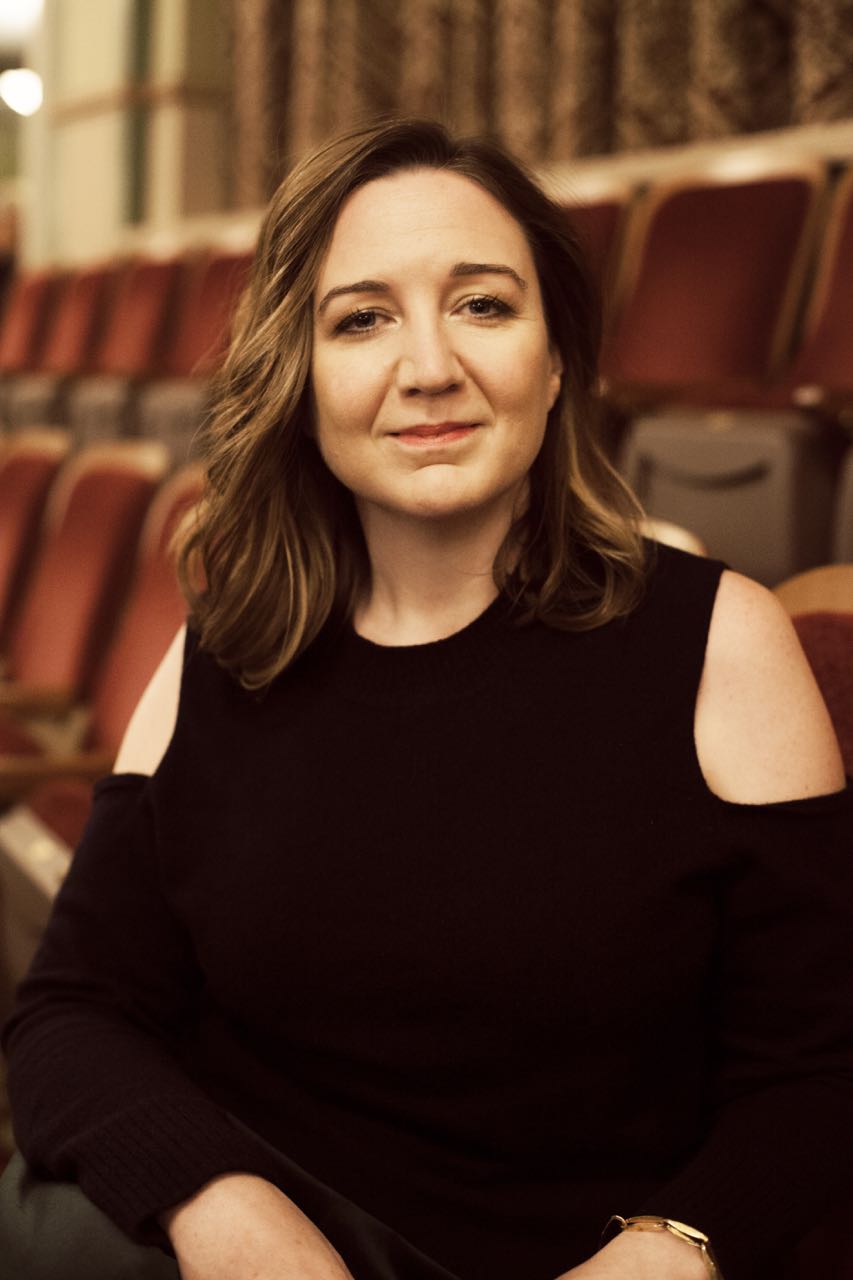
You mentioned growing up Catholic, and connecting with the religious elements in the play. Have you found any differences between British audiences and American audiences in terms of those elements? They’re countries that have different histories in terms of religion.
I think it’s enormously helpful to do the play in America because I think that what you have more recently, or more strongly, in a sense, is a history of Puritanism, and there is something Puritanical about Tourvel, although it’s coming from a Catholic doctrine, actually it feels in some respects very Protestant in the context of this country. What’s wonderful about that character to me, and so exciting, is that she is someone who is in tension between her mind and her body, the overwhelming emotions that she experiences, and the way that the character is rendered so febrile in his presence is because she wants something she can’t have, and she can’t have that because of fidelity and loyalty to her husband, but she also can’t have that because of her religion. The play has an enormous amount to say about repression and what repression does to the self and what it is to deny, what it is to live to excess, but also what it is to withhold yourself from things that you want because you’re being told that that’s morally unacceptable. It’s such a deep and wide play in that respect.
The set plays a large role in determining the atmosphere of this particular production. What was your process for working with the designers and deciding the design elements?
It’s a couple of things, really. When Laclos wrote the novel he did so without the foreknowledge that the French Revolution was coming, but the play was written very much with an idea of how close Laclos was and the characters in the novel were to that event. Many of these characters, those that don’t perish, are going to wind up on the guillotine in a few years’ time. Christopher Hampton talks about the unsustainability of this society, and the pitch and ferocity at which these people are living and taking. They’re the 1% of the 1% on the whole, except Tourvel and the servants that you see. Even Tourvel’s really rich compared to everyone else in France. So I think that what we wanted to do, rather than have one big gesture that goes, “And then the French Revolution comes,” is try and find a space where you felt that this wasn’t exactly the 18th century, that this is a room that once was an 18th century room that is under a quality of restoration or dilapidation. We looked at these wonderful photographs by a photographer called Robert Polidori around the restoration of Versailles, which a lot of the set is based on. Then we looked at a lot of painting from the era and we had this question, Tom Scutt and I, which is when you go to the Met or wherever and look at those portraits of ladies, to quote Henry James, what do you see, what are your expectations, and who were those people and what was their life and experience? How did they love and live and die? What would happen if they were to step out of that painting and start to address you, and what is the connectedness between them and us and the present? What’s universal and what’s specific? So, we wanted a space where you were aware in some sense that these people were ghosts. I mean that not in a kind of spooky way, but in that they are no longer alive, yet they are speaking to us and directly into our present and asking us to reflect on what the history of sexuality is, how our genders are constructed, how our sense of morality in our lives is constructed. That’s the idea with it, really. Candlelight, I wanted to use a lot of candlelight because candles are like flesh, and they’re massively flattering. You feel that sort of double metaphor about how these people are burning through their own existences but also about just wax and what that feels like and the sensuality of it. There are many impressionable characters in the play, so there’s that kind of quality as well, I think. Also, everyone looks marvelous under candlelight.
I wanted to ask you about your work at the Donmar. You are the first female Artistic Director they’ve had.
I’m not only the first female Artistic Director of the Donmar, I am the first female Artistic Director of a major London institution. Which is completely crazy, and people wanted to do a lot of interviews about that at the time, and I was like, I can talk about it, but I don’t really have a comment beyond, “It’s ridiculous I’m the first woman to do this. Obviously, that’s really bad, let’s get some change.”
Gender equality in the arts is big conversation here, too. Although, it’s discussed slightly differently because none of the theaters here are government-funded in the same way.
Subsidy does allow risk and it does allow… We’re speaking in the context of Emma Rice having a nasty departure from The Globe yesterday, which is just deeply distressing news for many, many reasons. There’s obviously confusion and uproar in the British theatre community in a way that I hope will provoke good debate about what occurred and what the relationship between Artistic Directors and Boards and expectation of artists is. A distinction I think that’s important to make is subsidy makes us think about those Artistic Director jobs as a form of public service. They’re great jobs to do, but also you’re doing them because you care about the position of arts and theatre in British society. If you’re capable of running a building, then I’ve always felt—and it’s been ten years now between the Bush and the Donmar—it’s something I should stretch myself to do, because it enables me to not only do my own work, but also allows other artists to do great things, which I find very inspiring. And it allows me to work very closely with other directors, which is not something you normally get to do as a director, and there’s something wonderful about that. I think that our Artistic Director posts, partly because of subsidy and partly because of history in England, are significantly less well-paid than your Artistic Director posts here, so people are not incentivized in the same way that they are in this town to stay in their jobs. So, I think one of the reasons that we tend to move on after ten years is because we can seek opportunities to maybe add enough money to get that mortgage or do that other stuff, elsewhere.
When you took over and you were getting so many questions about being the first female artistic director, did you feel like everyone started to see every choice you made as through that lens? Did it feel like extra pressure?
I think the pressure was very acute. I knew it would be because the Donmar’s been, historically, such a successful theatre, and it’s a theatre that’s associated with success and with the success of the Artistic Directors. What I wanted to challenge myself to do was to see if I could step into that space that’d been held by these two star male Artistic Directors, and occupy that. I’d been on a very different mission at the Bush, and that had been a very different set of challenges about trying to secure the funding for the building, and secure a new home, and bring on a new generation of writers. That was a very clear mission. I wanted really to stretch myself in a different way. Some terrifying things were said around it. There was a bit of trolling, someone tweeted that I was a sterile careerist. A press-person told me that she didn’t want me to do an interview that was a feature interview about myself because I was childless, and she thought that would become an issue, which I found deeply [upsetting]. Also, at that point, I was single. It was deeply upsetting. So I found that really hard, and I think that was just people confused about what it meant for a woman to take on one of those jobs. I see that now as just a series of responses that had to do with people not knowing how to react, or not having the vocabulary for it. A Board member, who’s now left the Donmar Board, when I was enthusing about the all-female work we were doing with Phyllida’s company actually told me to, “calm down, dear,” which is what David Cameron had just said to a female MP in the House of Commons. It was tough, there were tough things around that, but I think that that’s something that you weather and work out, and that you can only treat with a degree of patience, which understands that it’s to do with how unsettling it is when women do jobs for the first time. It’s very easy to either be diminished by it or to become angry about it, whereas the most effective thing I’ve always found, but this is my nature, is to try and work out why that person is saying that. What it is that they’re frightened of, and how you create room around those sort of responses in order that not only you can deal with it, but that other people can deal with it as well and it encourages other people to want to go and do those jobs. That’s the biggest thing, I think. I’m very much in the space of Emma Rice having announced that she’s stepping down yesterday. That’s the thing I find most concerning about it is that if there isn’t enough support, if there isn’t enough room created for people to excel at what they do, and also there isn’t enough kindness and generosity and calm to allow these artists who run buildings to have the space to reflect and do their work. If the demands are too great, or the pressure is too hard, or the voices are too shrill, then it becomes impossible. So my job as an Artistic Director and with the jobs that I’ve done is to create room, and to create harmony, if I can, in order that these jobs look like they are possible and also palatable that you would want to do them. I can see what happened yesterday at the Globe, that had I not already been in this role, putting me off wanting to do one of those jobs.
Right, or for younger people in school being like, “Uh, that looks like…”
It’s too hard, there’s too much pressure, there’s too much expectation. There’s not enough support, there’s not enough kindness and generosity, and the voices are too loud from everywhere. I think we are passionate in England, and I think we’ll remain so, about having our artists run our institutions.
Institutions being run by artists rarely happens here.
It’s part of our tradition, and for an artist to be in a leadership role in a theatre means that questions are often being phrased in the right way, and posed, and it means that we’re able to speak as an artist to other artists we’re making work for us, and that can be really important. I feel very protective of that.
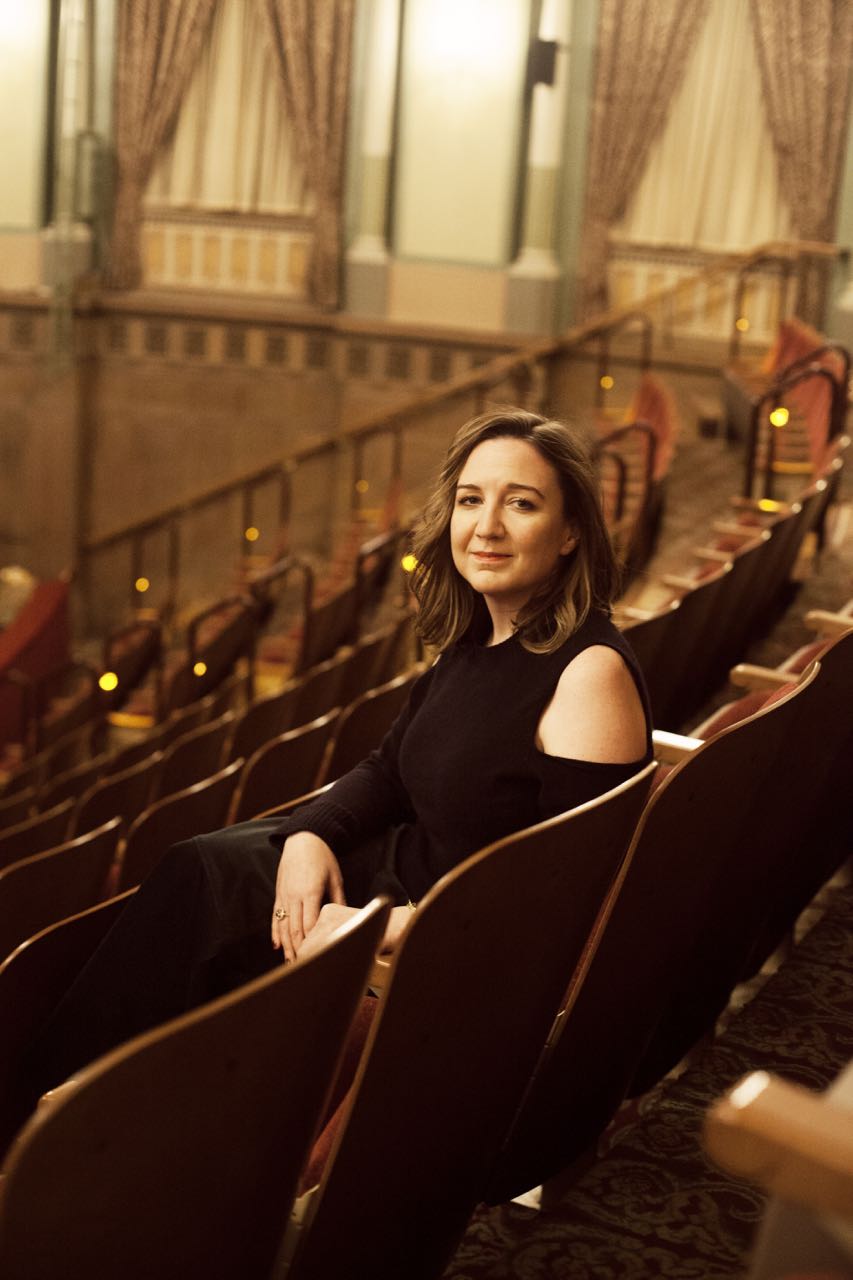
Another difference I’ve noticed is when you go to the theatre in London, there are many more young people. The audience engagement seems to be different.
I think it’s very simple. I think that price is a barrier to access. I think that because people are becoming so networked, that if you can make people feel with price that theatre is open to them, then that makes a huge difference. That’s certainly been the key thing at the Donmar over the past five years since I’ve been there. There’s 10 pound front row tickets, best seats in the house go on sale online every Monday morning for two weeks ahead. They’re continually there. It’s a small theatre, we sell out, but it’s important there’s constant cheap availability. And to be able with our front row scheme, actually package that up and talk about it in a way that people can understand, and is simple. We simplified all our pricing structures. I think often just the act of buying a theatre ticket can be massively complicated and off-putting. With Phyllida’s trilogy where we’ve opened this temporary theatre in King’s Cross to make tickets free to under 25-year-olds, and actually have been having quite a bit of success with people paying it forward. So, wealthy theatre-goers, or people who feel well off enough to pay it forward, 20 pound tickets are doing that. It’s been great to see people who bought their 40 pound ticket go and get a pay-forward 20 pound one to under 25-year-olds so they can come and see this and pass on my excitement about this and passion for it. It’s something we’re experimenting with, and I think we’ll also keep experimenting with how you get those audiences in. One of the great things about the time in which we’re living is that you’re able to pursue your tastes and your interests in a really specific way. It might be that you absolutely love plays about sexual politics in 18th century France. It might be that even if you are a really hip young person that’s not going to put you off, and it could be for you. I think the democratization of information has somehow democratized access to all different kinds of art forms. I don’t think it’s necessarily about doing something different or doing something more populist for young people, because young people are fantastically engaged and intellectual and know what they like. It’s more about how you create access to that work in ways that mean you’re pulling people in. I think there’s also very targeted work that you can do giving opportunities to people who might not necessarily come from theatre going families or have that in their families.
In my experience, going to the theatre in London also feels more communal and social.
I think that’s possibly true. Yeah, we really love a theatre bar. That’s a big part of the event. It’s weird here for me that there isn’t a lobby in the way that there is [other places], or a bar or that kind of thing. I’ve just opened my third theatre bar in my time as an Artistic Director. When I opened The Bush Theatre, we thought enormously hard about those communal spaces and what they should be, and opened up a free play text library in the bar at The Bush as well, which just encouraged people to come in all day, and it’s a space for writers. If you can get that right, it’s really exciting. We’re about to look at how to do a bit of mini-refurbishment at the Donmar and open a little bar in the foyer. We’re starting to look at how we can change those spaces to make them more genial. It’s also about actors having a nice time and having somewhere to go after the show. I think it’s really important. I think there’s a sense of communal activity and family that’s part of that, that I really value.
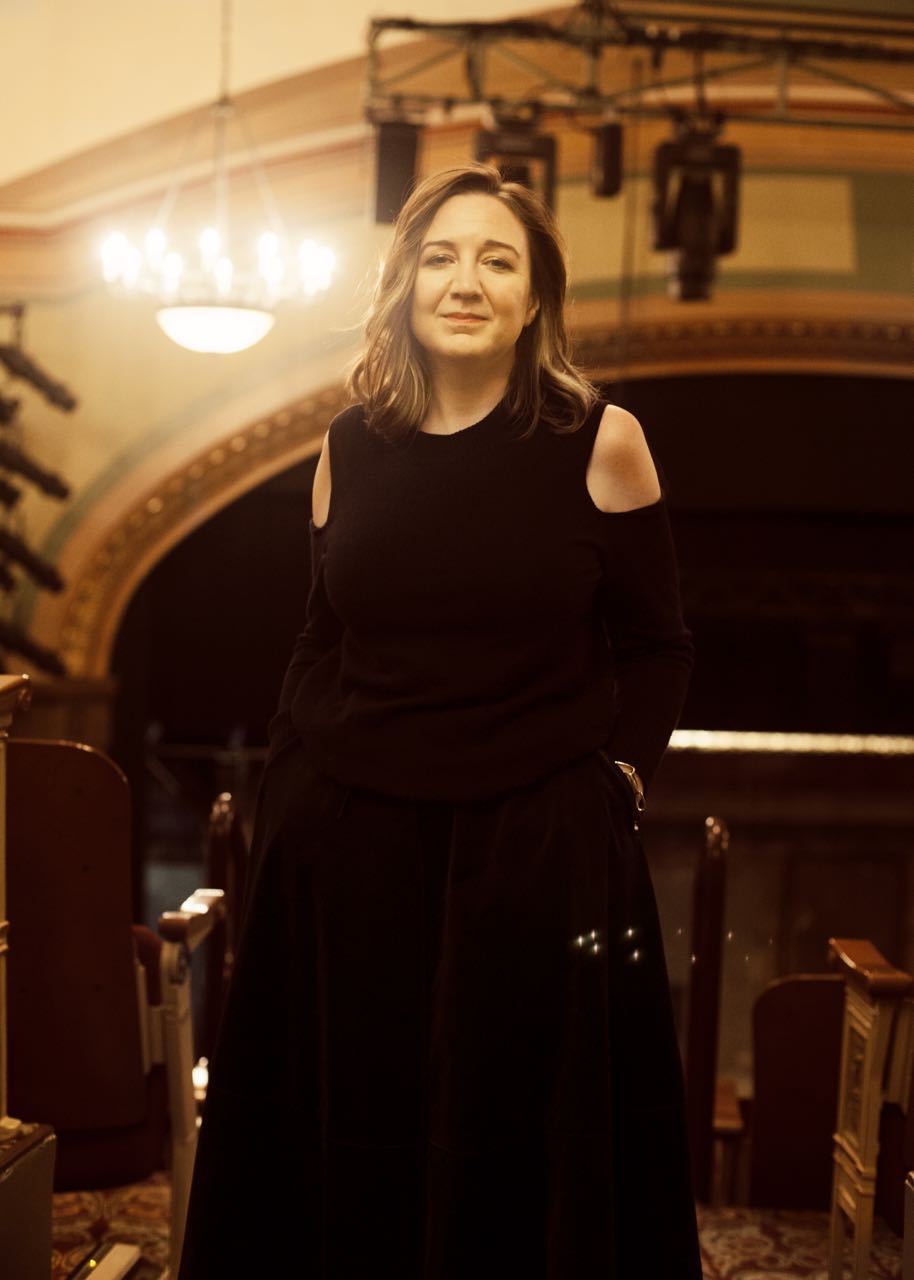
I wanted to go back to when you were talking about feeling like you could take risks. One of the things that comes up a lot here is, for women especially, that they do not feel that they can take the same risks, because if they have the failure, there aren’t the same second chances.
I can speak very personally about this, which is that I think that as women and as girls we are taught to be good. We are rewarded for handing our homework in on time. We are praised for tidying our bedrooms, and being efficient, and delivering domestically and personally in our schooling. That certainly was my experience, maybe that’s changed now. We are not celebrated for being wild, or erratic, or eccentric, or offbeat, or challenging in the way that perhaps men are. I’m very conscious of that. We’ve got a great team at the Donmar, and there’s loads of women on that team. Sometimes I think that my role there is to encourage and challenge eccentricity rather than say to people, “You’ve done that really efficiently. Well done, thank you.” I think it runs deeper than our theatre culture, I think it runs into ourselves. I think we are told to hold ourselves to a very, very dear and quite tight account in our delivery and efficiency. The thing I am always challenging myself to do as a director is to walk off the edge of the diving board, to allow myself to jump in without quite knowing. I think the development of my craft in the rehearsal room with the play, and the best work that I make, is the work where I don’t quite know what it is I’m meant to be delivering. I don’t know quite what it is I’m meant to be achieving. There’s more of a spirit of exploration where I don’t try and solve things as much as I try and experience the problem and tease it apart, that you embrace something that isn’t working and take that as an opportunity to find out what you might spin out of that. I think we have to, in our work and in our lives, challenge ourselves not to be good, and then I think when we suffer the consequences of that, we just need to keep struggling for change.

